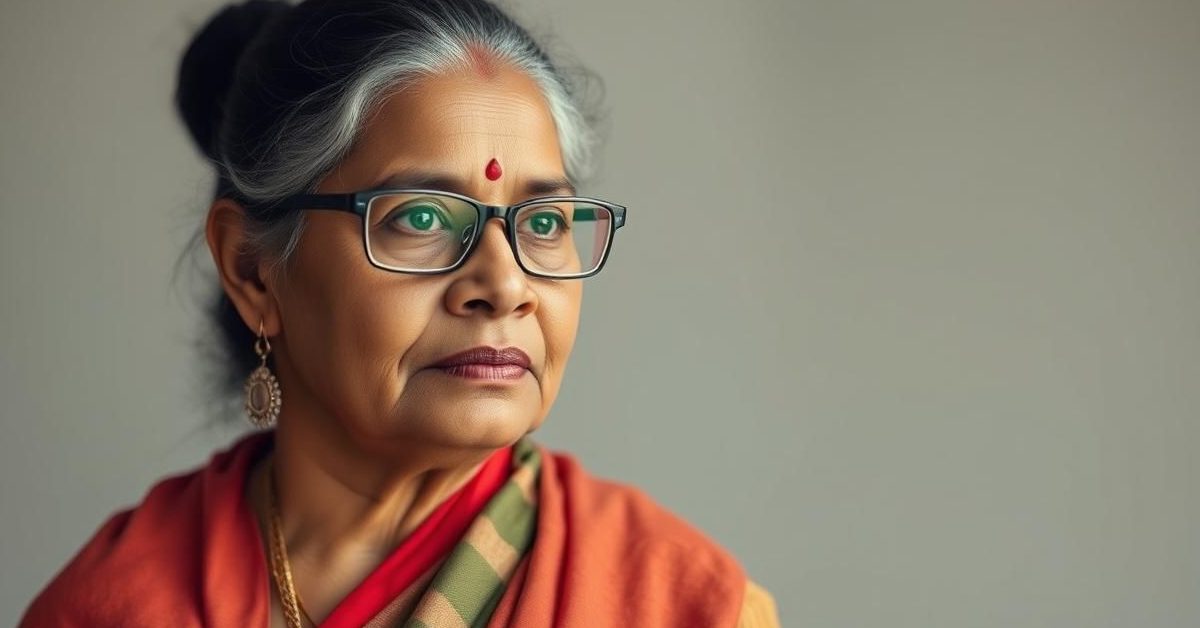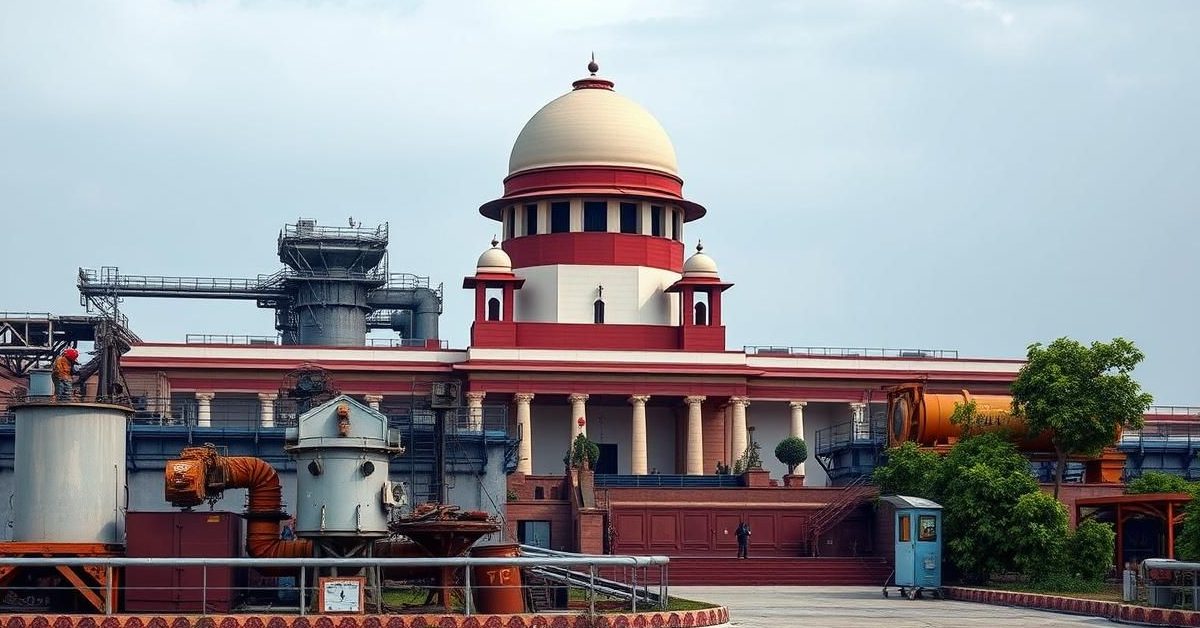The Unseen Silence: A Titan’s Lonely Farewell
The year 2007 marked a quiet, almost unsettling, end for one of Hindi cinema’s most revolutionary music composers, O.P. Nayyar. At the age of 81, the maestro, whose distinctive rhythms and soul-stirring melodies had captivated millions for decades, passed away. Yet, what truly resonated with an aching emptiness was not just his demise, but the stark, almost cruel, silence that followed. There were no grand tributes from the industry stalwarts he had once collaborated with, no public lamentations from the stars whose careers he had helped define. His cremation was a somber affair, held in the distant suburbs of Thane, far from the glittering heart of Mumbai’s film fraternity. Most poignantly, not a single member of his immediate family attended the final rites.
The Golden Era’s Rebel Maestro: O.P. Nayyar’s Enduring Legacy
Born in Lahore, O.P. Nayyar carved an unparalleled niche in the Golden Age of Bollywood music. He was the maverick, the self-taught genius who famously defied classical training, preferring to rely on an innate sense of rhythm and an uncanny ear for melody. His signature sound, often characterized by its vibrant “horse trot” rhythm and minimal use of string instruments, set him apart from contemporaries like Shankar-Jaikishan or S.D. Burman. He brought a distinct Punjabi folk essence and a zestful, almost Westernized energy to his compositions. Nayyar was instrumental in shaping the careers of legendary playback singers like Geeta Dutt and, most notably, Asha Bhosle, with whom he forged an iconic musical partnership, delivering timeless hits for films starring the likes of Shammi Kapoor, Johnny Walker, and Dilip Kumar. Songs like “Jaaiye Aap Kahan Jayenge” or “Aaiye Meharban” are still etched into the collective memory of generations, a testament to his musical prowess.
The Enigma of Estrangement: Unraveling a Life of Isolation
While O.P. Nayyar’s professional life was a symphony of success, his personal journey was shrouded in complexities and, ultimately, profound isolation. It was widely known that Nayyar maintained a strict professional distance from the film industry’s social circles, preferring to let his music speak for itself. He also famously refused to work with Lata Mangeshkar, the reigning queen of playback singing, a decision that further cemented his image as an independent spirit, albeit one with a fiercely uncompromising stance. As the years progressed, particularly after his most active period in the 1960s and early 70s, Nayyar became increasingly reclusive. His relationships, both personal and professional, reportedly frayed, leading to a deep estrangement from his family. This quiet withdrawal from public life eventually translated into a stark absence of familial presence at his passing, an outcome that, according to close associates, was not entirely unexpected, given his personal choices and the chasm that had grown over the years.
A Silent Cremation: Far From the Limelight
The decision to cremate him in Thane, rather than a more central Mumbai location associated with the film industry, was a telling detail. It underscored the detachment that had come to define his later years. The image of a musical titan, whose tunes once echoed in packed cinema halls across the nation, departing in such a solitary manner, without the pomp and circumstance typically afforded to such figures, painted a somber picture. It was a stark reminder of the often-transient nature of fame and the personal cost of a life lived on one’s own terms. The lack of family attendance amplified the tragedy, leaving many to wonder about the silent battles fought within his personal sphere.
Industry’s Unspoken Tribute: Was Silence the Only Option?
The absence of a major industry tribute was, for many, perplexing. Was it a reflection of the industry’s moving on, or a quiet acknowledgment of his self-imposed distance? Perhaps it was simply the passage of time, as new generations of filmmakers and musicians had taken the reins. Yet, for an artist of Nayyar’s stature, whose contributions were foundational to the soundscape of Hindi cinema, the silence felt deafening. It highlighted a potential disconnect between an artist’s enduring public legacy and their private, often tumultuous, reality. Despite the personal estrangement and the quiet passing, the rhythmic heartbeats of his compositions continue to pulse through time, reminding us of the genius that once walked amongst us.
The Enduring Echo: Nayyar’s Music Lives On
Ultimately, while the final chapter of O.P. Nayyar’s life was marked by an almost unbearable quietude, his music remains gloriously alive. It transcends the personal tragedies and the professional fallouts, serving as a vibrant testament to his unparalleled talent. From the frothy charm of “Kajra Mohabbat Wala” to the melancholic beauty of “Pukarta Chala Hoon Main,” his melodies continue to evoke joy, nostalgia, and a profound appreciation for a composer who dared to be different. His legacy is not defined by the circumstances of his passing, but by the timeless joy and emotional depth he bequeathed to the world through his extraordinary art. The music of O.P. Nayyar, pulsating with life and rhythm, ensures that the maestro, though physically gone, will forever reside in the hearts of music lovers worldwide.














